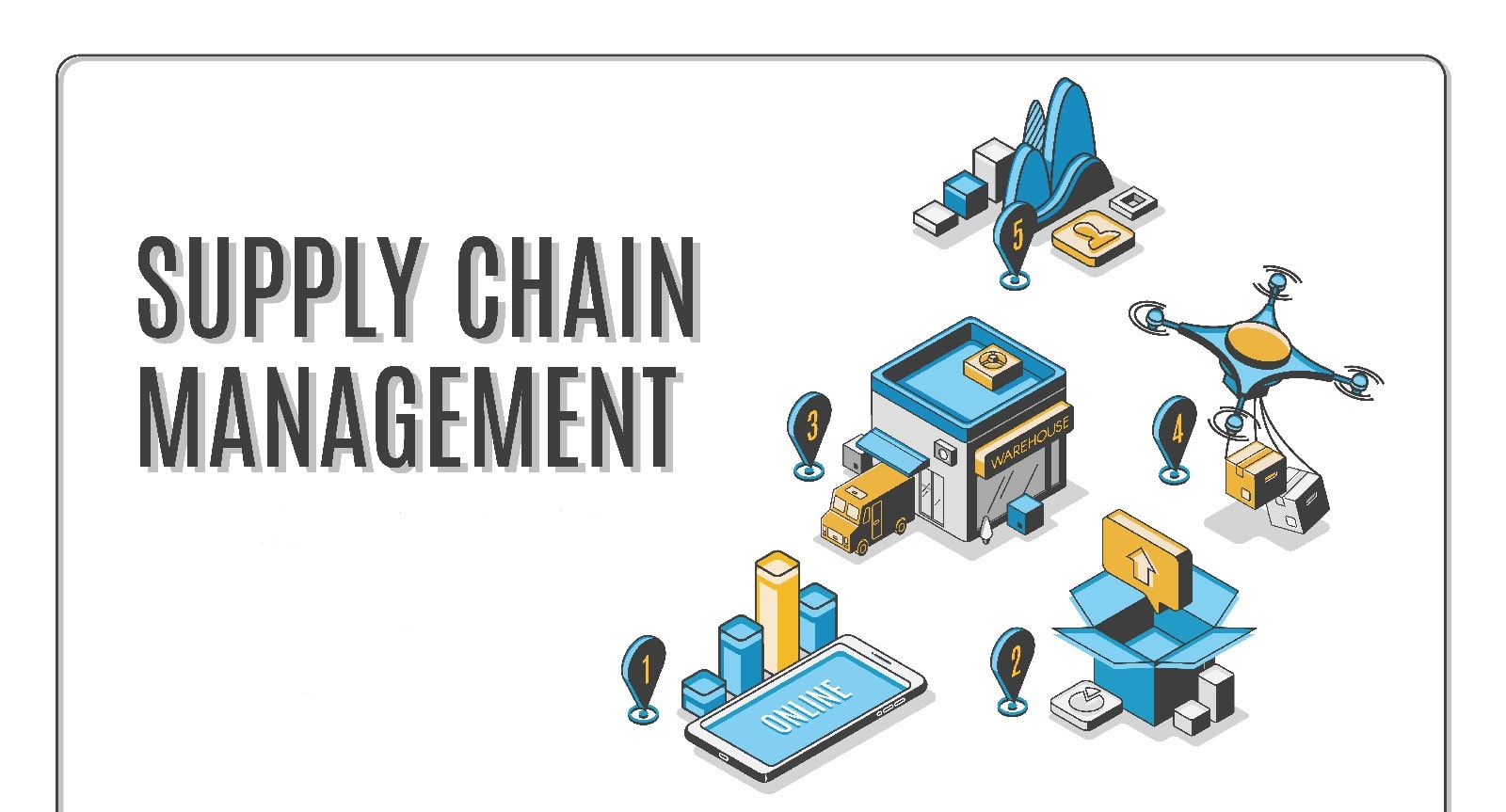You’re in business either to deal with goods or services. Supply chain management ensures there flow of goods and services in the relevant processes that transform raw materials into final consumer-friendly products. It deals with streamlining the supply line to maximize consumer value and gain a competitive edge in a cut-throat competitive marketplace.
Supplier management systems enable companies and businesses to reduce unnecessary costs and deliver products to clients faster and efficiently. Thanks to supply chain management, companies can avoid consumer lawsuits, and product recalls from the market.
Critical elements in supply chain management
There are five fundamental elements in supply chain management. They include:
- Strategy development
- Sourcing for raw materials
- Processing and production
- Distribution
- Revenue and returns
How does supply chain management work?
Supply chain management is a strong business element that covers everything from production to product development. The supply chain links production, shipment clearance, and distribution of the product in the market. An organization benefits from the supply chain by cutting excess costs. This is accomplished by: putting controls in check, maintaining internal inventories, enabling distribution and sales, and keeping inventories for company vendors.
Components of supply chain
Planning
A successful supply chain begins by matching consumer needs in the market with manufacturing demands. An organization should predict its consumer needs and work accordingly to meet them. The production requires relevant raw materials for each manufacturing stage. It must also have sufficient equipment capacity to manufacture goods in large volumes, consider its limitations and act accordingly. It should also consider staffing and mechanization needs to ensure the supply chain is flawless.
Sourcing
Successful supply chain management depends on reliable relationships with suppliers. Firms should source raw materials from vendors throughout the manufacturing process. Typically, different industries have unique sourcing requirements depending on their specialty.
Sourcing ensures that:
- Raw materials meet market and manufacturer’s specification
- Pricing for the goods meet the market expectations
- Vendors have the flexibility to deliver goods in unforeseen circumstances
- The vendors are reliable in delivering the goods on time, in shape, and standard quality
Supply chain management is especially critical when dealing with perishables. The manufacturers and vendors should mind delivering to the consumer in lead time to preserve the dignity of the goods and services.
Manufacturing
Manufacturing is the engine that runs supply chain management. Manufacturing transforms raw materials into usable forms by mechanization, machinery, and labor. Manufacturing is the last stage of production but not necessarily the final step in the supply chain.
Manufacturing can further be divided into;
- assembly
- testing and grading
- inspection and certification
- packaging and branding
Delivering
Once manufacturing is complete, the firm should plan to deliver the products to the relevant consumer. Delivering and distributing should ensure the product is branded appropriately for efficient marketing. The product should be packaged to meet consumer expectations; therefore, delivery channels must be timely, safe, and cost-effective.
Returning
The supply chain management process deals with consumer product satisfaction. A consumer is entitled to complaints and can return a product deemed sub-standard. The organization should ensure it can competently return the product and refund the consumer for returns received. In worse scenarios, firms can recall a product from the market. This is a delicate concern and should be handled carefully because it can injure a company’s reputation.
Prevention is better than cure. Consequently, companies should always identify defective products on the production line and withdraw them before delivery. The frequent inspection also helps remove expired and non-conforming products from the market. Reverse logistics should be handled thoroughly to ensure future returns do not persist. Failure to do so injures a product line and a company’s reputation.
What is the thin line between supply chain management and supply chain?
A supply chain refers to a network of individuals, and small, medium, and large-sized companies. It also includes resources, technologies, and systems used to produce and sell products to relevant consumers. The Supply chain process begins with the delivery of raw materials from relevant producers to a processing manufacturer. The supply chain ends with delivering the end product to the consumer.
On the other hand, supply chain management supervises every touch point of a product or service, from creation to consumer sales. A supply chain is a long series of activities. It must remain efficient to enhance value addition and decrease expenses to maximize revenue.
Types of supply chain models
One-size-fits-all does not exist in supply chain management. Every business and brand has unique needs, strengths, constraints, and goals in the market.
This uniqueness dictates the form of supply chain management. Nonetheless, the supply chain management process has six fundamental models. A company can adapt any of the models it seems fit.
1. Continuous flow model
This is the longest existing supply chain method. The continuous flow model suits mature industries. This model assumes that consumer demand is the same over time. Therefore, the manufacturer produces the same products over and over again.
2. Versatile model
This model is ideal for organizations with unpredictable consumer demands. A versatile or agile model is flexible and seeks to meet consumer’s needs for the time the demand exists
3. Fast model
A fast model takes advantage of a product’s quick turnover. Therefore, the product life cycle ends with a decline in demand. The fast model leverages the trend and produces the goods in volume. The product should be sold out fast to maximize the trend and exhaust the stock.
4. Flexible model
The flexible model deals with seasonal products. Some organizations may produce and move large volumes during peak seasons and low production in others. A flexible model ensures production can conveniently slow down without breaking the rest of the production with a manufacturer.
5. Efficient model
This is the ideal model for competitive firms. This model embraces the use of technology to maximize returns.
6. Custom model
The models above mentioned describing conventional supply chain management in most organizations. However, a custom model is ideal if none of the other models suit a company’s needs. Custom model is highly embraced in technological requirements such as automobile production.
Takeaway
Supply chain management is the process of converting raw materials into consumer-useable goods. It involves quality control, and delivery to minimize production costs and maximize returns.












